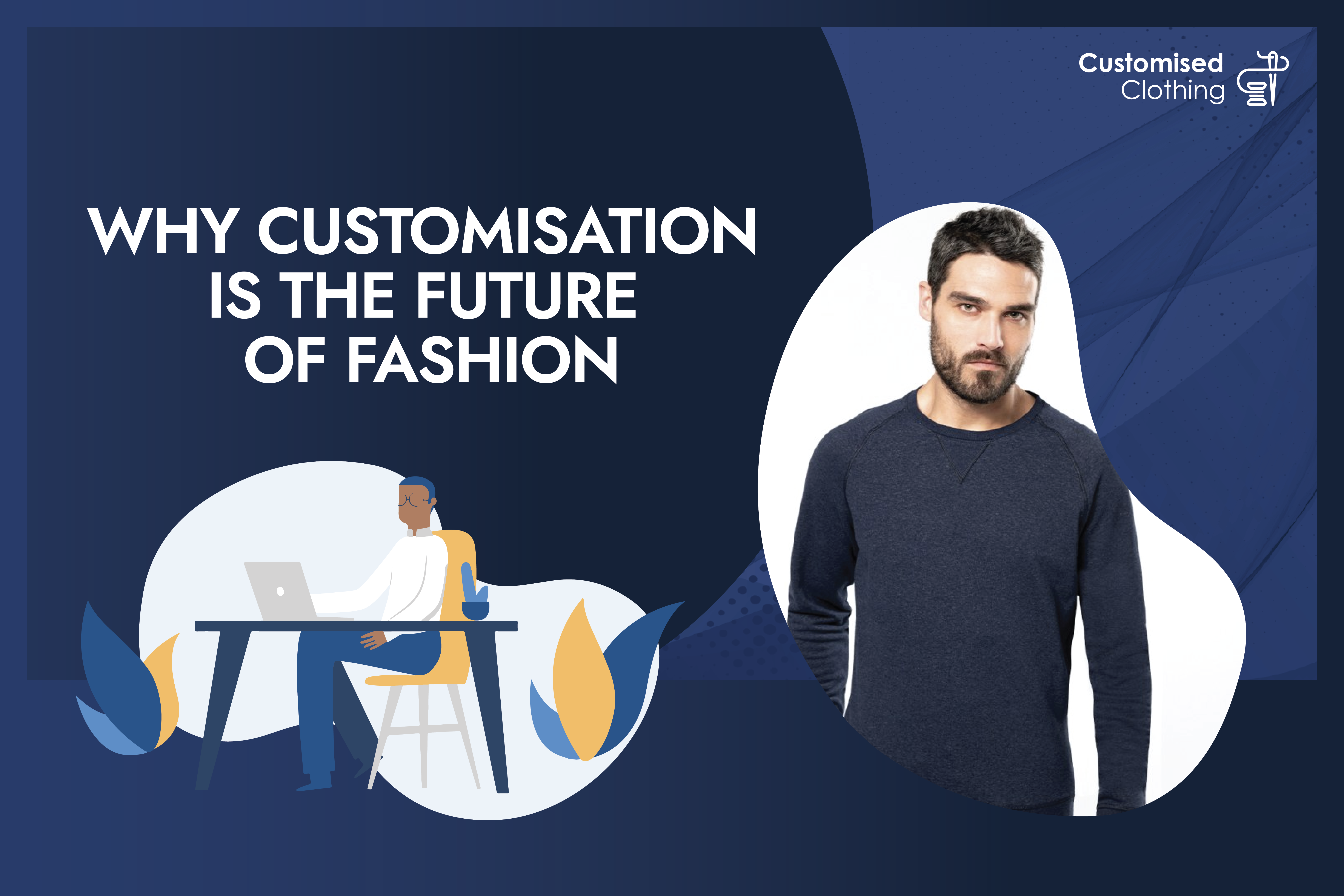Customisation in apparel is no more a fad; it is becoming an essential component of the industry’s future. The modern consumer’s need for bespoke and tailored items is altering the fashion industry, forcing firms to reconsider their manufacturing and design processes. The emergence of customisation is a substantial break from the traditional one-size-fits-all strategy, indicating a change towards a more consumer-centric approach that values personal expression and individuality.
The Rise of Customisation In Fashion
The modern consumer’s quest for distinctive, one-of-a-kind things that reflect their style and preferences is driving the fashion industry’s shift toward customisation. In a world dominated by mass-produced items, customers are increasingly looking for methods to distinguish. Customised caps, for example, allow people to express their particular style, preferred brands, or even a funny statement that speaks to them.

Furthermore, technology has played an essential part in making customisation more accessible and cost-effective. Advanced manufacturing processes, such as 3D printing and laser cutting, have made it possible to create custom things for a fraction of the cost. Consumers can design their outfits via online platforms, from selecting materials and colours to adding personal details like monograms and embroidery. This technological breakthrough has democratised fashion customisation, making it more accessible to the everyday consumer.
The Advantages of Fashion Customisation
Customisation in fashion, like customised caps, has many advantages that are beneficial to brands, customers, and the environment.
For Consumers
Customers’ Expression
Customisation enables customers to use their clothes as a vehicle to convey their sense of fashion and individuality. It turns clothing into a vehicle for narrating one’s own story.
Ideal Fit
Customised apparel can be made to fit each person’s measurements, solving the common problem of clothes that are too small or too big while also increasing comfort and self-assurance.

Exclusive Designs
Customisation of Exclusive Designs provides exclusivity. Unique items are available for consumers to own, which is incredibly tempting at a time when rapid fashion frequently results in a uniform wardrobe.
For Brands
Customer Loyalty
Providing alternatives for customisation can increase customer loyalty. Customers who put in the effort and imagination to make their apparel have a deeper bond with a company.
Brand Differentiation
Customisation helps firms stand out in a crowded market. It demonstrates a dedication to innovation and customer satisfaction—qualities that can draw in and keep customers.
Greater Profit Margins
Brands can enhance their profit margins by providing added value to consumers through the customisation of products, which typically carry higher price tags.
For The Environment
Reduced Waste
Customised clothing can help reduce waste. Every item is created to order, reducing overproduction and the amount of unsold goods that wind up in landfills.
Sustainable Practices
Quality is prioritised over quantity by customers who are encouraged to customise. Purchasing customised items can lower buying frequency, resulting in more environmentally friendly consumption habits.
Role Of Technology in Customised Fashion
The customisation revolution in fashion is primarily driven by technology. Thanks to advancements in digital design, production, and e-commerce, customising clothes for customers is now simpler than ever.
Tools for Digital Design
Customers can develop and examine personalised clothing using online design tools before making a purchase. These tools frequently include intuitive user interfaces that allow anyone, even without design knowledge, to produce designs that seem professional.
To give customers a more immersive design experience, augmented reality (AR) and virtual reality (VR) are also being combined. This enables customers to preview how their personalised clothing will fit and appear in a virtual environment.
Superior Production
Manufacturing technological innovations like 3D printing and automated stitching have made it feasible to create customised clothing quickly and effectively. By reducing the time and expense involved in customisation, these technologies increase accessibility for a broader range of users.
Platforms for E-Commerce
E-commerce platforms have welcomed customisation, such as high-vis T-shirts, which now give customers many choices for making their purchases unique. To help with the design process, these platforms frequently provide customer assistance and step-by-step instructions. Furthermore, by using data analytics to better understand consumer patterns and preferences, brands may provide more appealing and relevant customisation possibilities.

Challenges And Consideration
Customising clothing has a bright future, but there are certain obstacles and things to think about.
Cost
Because customisation requires more effort and resources, the price tag may be higher than for mass-produced goods. Companies must strike a balance between preserving quality and providing reasonably priced customisation.
Production Time
The production and delivery of customised items frequently take longer. To guarantee customer happiness, brands must control expectations about delivery times.
Conclusion
The future of fashion is customised clothing. The market for customisation will keep rising as customers increasingly look for distinctive, personalised apparel. Customised caps and high-vis T-shirts are just the beginning of the limitless personalisation options available in the fashion industry.
Brands will be well-positioned to prosper in the changing fashion scene if they embrace this trend and make the appropriate investments in infrastructure and technology. By providing customers with the option to design clothing that expresses their unique style and preferences, the fashion industry may establish stronger relationships with its audience and encourage more sustainable practices.


